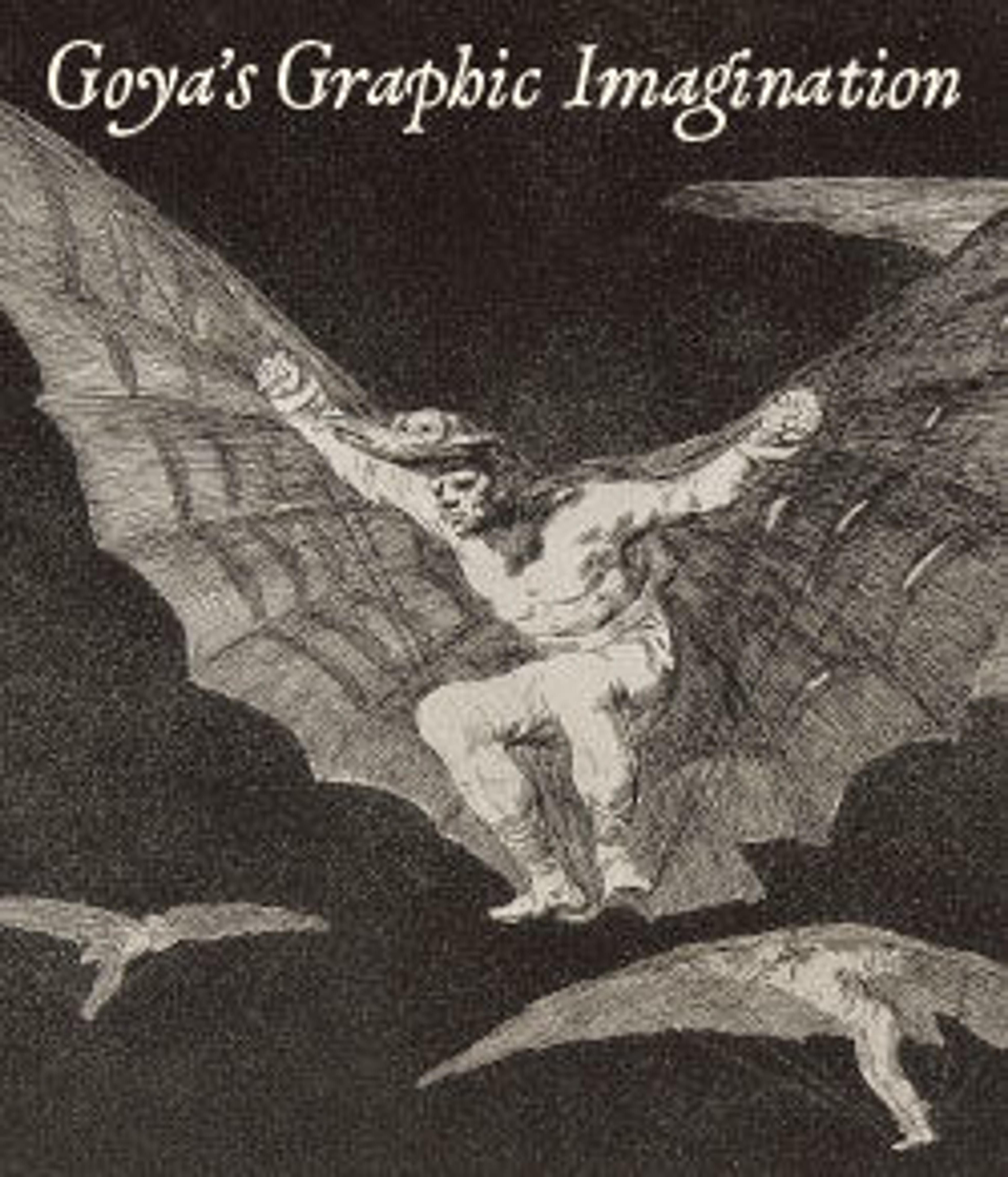Plate1 from "The Disasters of War" (Los Desastres de la Guerra): 'Sad foreboding of what is going to happen' (Tristes presentimientos de lo que ha de acontecer)
Although this is the first print in the Disasters, its subject and style of etching relate it to the last eighteen plates, known as the caprichos enfáticos. Goya might have decided to open the series with it to hint at the depictions of violence that would follow. The ragged, emaciated man embodies the fears before the war, when Napoleon’s invasion seemed inevitable. Goya’s treatment of the surface adds a layer of meaning: the advancing fog of dark ink poised to engulf the individual may allude to the impending tragedies. The kneeling man who gazes toward the heavens was inspired by models of sainthood. The clearest association is Christ in the garden of Gethsemane.
Artwork Details
- Title: Plate1 from "The Disasters of War" (Los Desastres de la Guerra): 'Sad foreboding of what is going to happen' (Tristes presentimientos de lo que ha de acontecer)
- Series/Portfolio: The Disasters of War
- Artist: Goya (Francisco de Goya y Lucientes) (Spanish, Fuendetodos 1746–1828 Bordeaux)
- Date: ca. 1815 (published 1863)
- Medium: Etching, burin, drypoint, burnisher
- Dimensions: Plate: 6 7/8 × 8 5/8 in. (17.5 × 21.9 cm)
Sheet: 9 15/16 × 13 1/2 in. (25.2 × 34.3 cm) - Classification: Prints
- Credit Line: Purchase, Jacob H. Schiff Bequest, 1922
- Object Number: 22.60.25(1)
- Curatorial Department: Drawings and Prints
More Artwork
Research Resources
The Met provides unparalleled resources for research and welcomes an international community of students and scholars. The Met's Open Access API is where creators and researchers can connect to the The Met collection. Open Access data and public domain images are available for unrestricted commercial and noncommercial use without permission or fee.
To request images under copyright and other restrictions, please use this Image Request form.
Feedback
We continue to research and examine historical and cultural context for objects in The Met collection. If you have comments or questions about this object record, please contact us using the form below. The Museum looks forward to receiving your comments.
